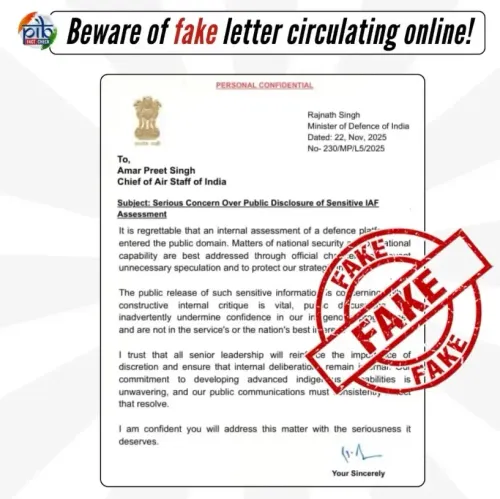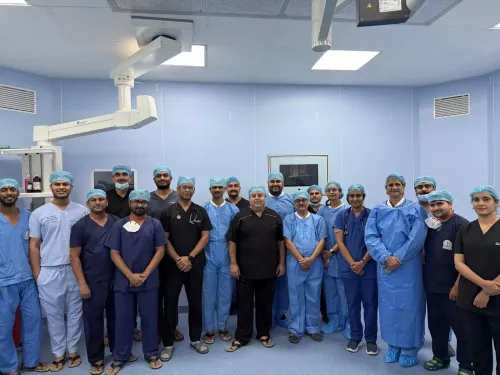Will the GST Reduction Stimulate Long-Term Auto Demand and Job Growth in India?

Synopsis
Key Takeaways
- The potential GST reduction could enhance long-term auto demand.
- Job creation in the automotive sector is expected to rise.
- Smaller cars may see a price drop of up to 8%.
- The government aims to simplify GST slabs.
- Major beneficiaries include OEMs like Maruti Suzuki.
New Delhi, Aug 18 (NationPress) A forthcoming goods and services tax (GST) reduction is anticipated to enhance long-term automobile demand and create jobs in India, according to a report by HSBC Global Investment Research.
The government aims to streamline the GST slabs in the country, with the 28 percent slab possibly decreasing to 18 percent, while the cess levied on top of the GST rates for automobiles could be eliminated.
Passenger vehicles (PVs) contribute approximately $14-15 billion in GST collection, with two-wheelers accounting for $5 billion.
“Details are still unclear, so we are exploring various scenarios to outline company-level exposure to different GST rates, providing a framework for investors to assess the comparative benefits across original equipment manufacturers (OEMs),” the report highlighted.
Presently, for PVs, the GST fluctuates between 29 percent and 50 percent, as a cess is added based on the vehicle's size (cubic centimeters and length). Under the new framework, the government may lower the tax on smaller cars to 18 percent (down from 28 percent) and adjust larger vehicles to a ‘special rate’ of 40 percent while abolishing the cess on top of the GST,” the report proposed.
This change could lead to an estimated 8 percent price decrease for smaller cars and a reduction of 3-5 percent for larger vehicles.
“In this scenario, OEMs such as Maruti Suzuki India Ltd (MSIL) would significantly benefit due to their strong focus on small cars (68 percent of volumes in the 28 percent category). For M&M, the anticipated GST reduction is also favorable, although it faces challenges due to its greater reliance on electric vehicles (EVs),” the report noted.
A flat reduction from 28 percent to 18 percent across all vehicle sizes, maintaining the existing conditions, presents a simplified tax regime, albeit an unlikely one where the basic GST drops from 28 percent to 18 percent while keeping the cess unchanged based on vehicle size.
“In this case, all vehicle categories would see a price reduction of around 6-8 percent. A uniform 10 percent cut would result in the government absorbing a revenue loss of roughly $5-6 billion,” the report indicated.
While a flat reduction from 28 percent to 18 percent with cess discontinuation would greatly simplify the tax structure, it remains an improbable scenario due to its substantial impact on government revenues (potentially affecting about half of GST revenues).









